In Photos: Tracing the Invention of Ancient Stone Toolmaking
Stone tools
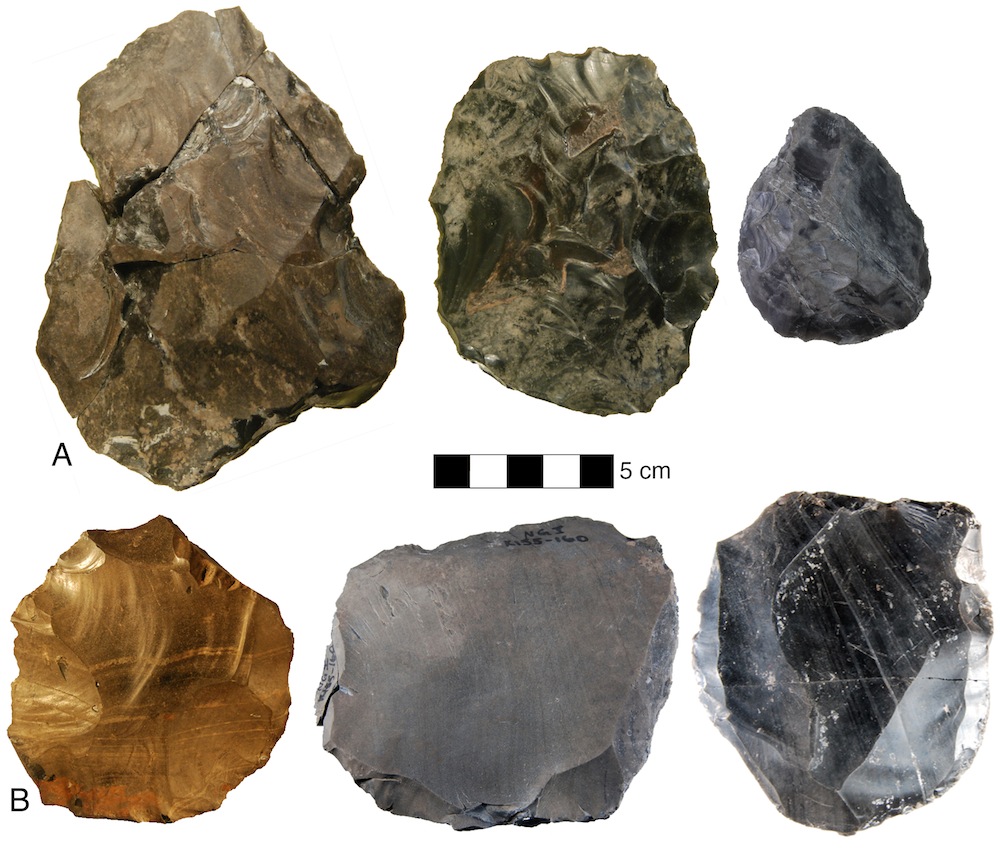
An ancient way of making stone tools may have been developed independently in Eurasia and Africa, suggesting the technology did not emerge solely from humanity's migration out of Africa.
This photo shows the variability and technological evolution of stone artifacts found at Nor Geghi 1, an archaeological site in Armenia. The artifacts in the top row (A) were created with an approach known as bifacial technology, in which two surfaces are used to remove flakes and shape the stone. The artifacts in the bottom row (B) were crafted using a method known as Levallois technology, which involves using a hammer to knock stone flakes of specific sizes and shapes off a lump of stone.
Tool evolution
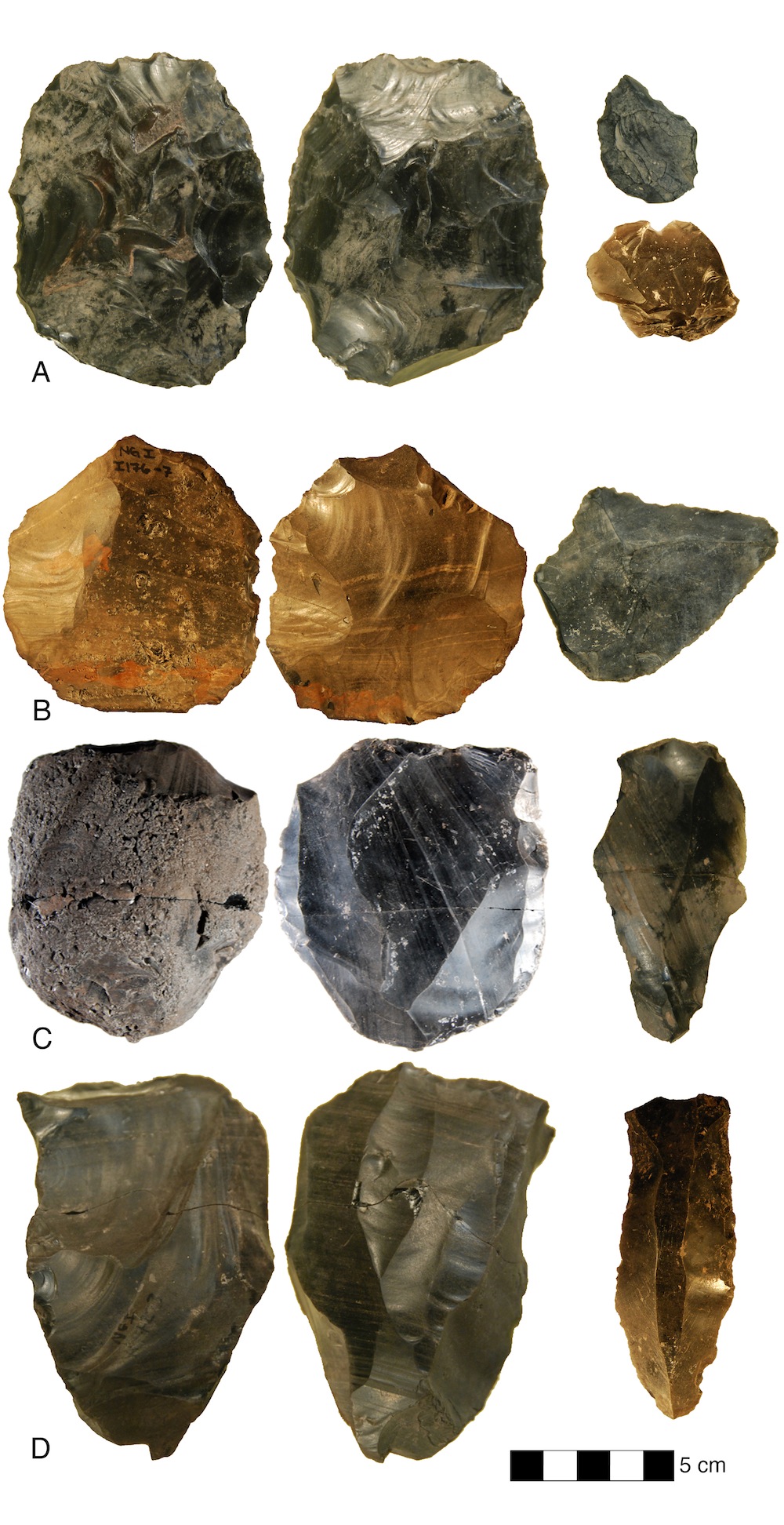
The stone artifacts found at the Nor Geghi 1 site in Armenia showed technological variability in their craftsmanship.
Uncovering artifacts
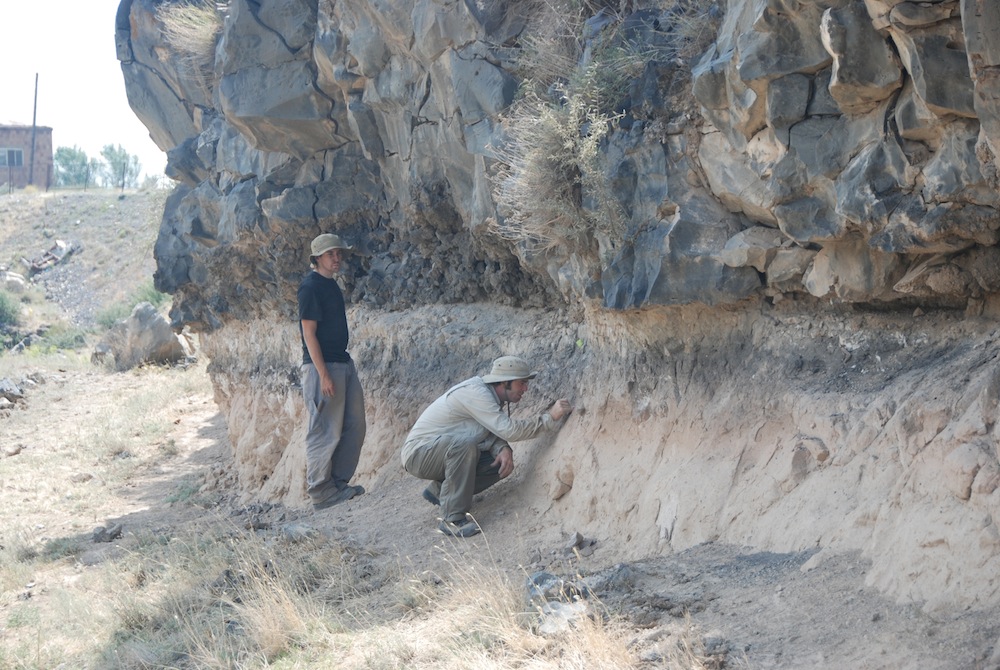
The artifacts were discovered in 2008, after the Armenian military bulldozed a road and uncovered the ancient stone tools.
Excavations
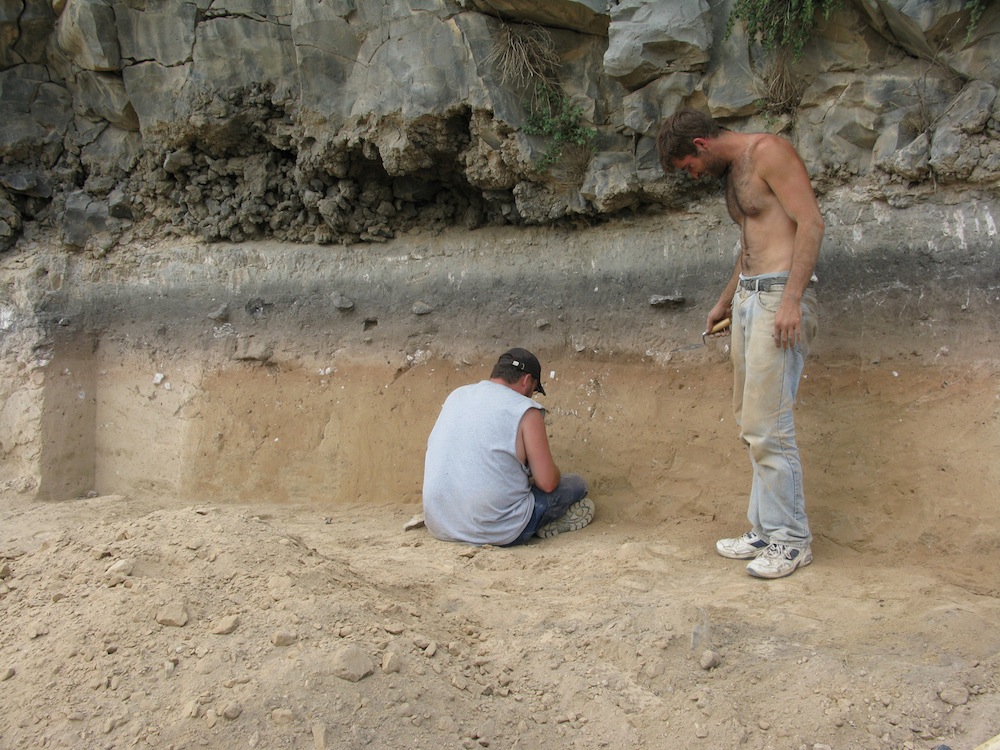
This region in Armenia was a key corridor for ancient humans as they moved out of Africa, the researchers said.
In the field
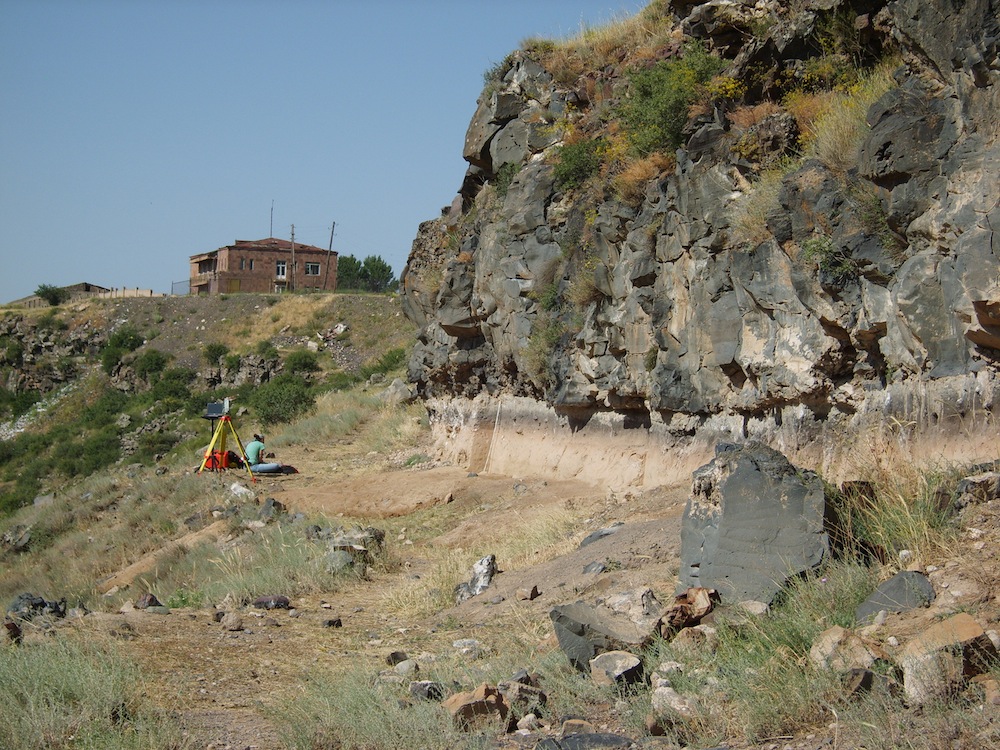
The Nor Geghi 1 (NG1) site in 2009, at the end of an archaeological field season.
Get the world’s most fascinating discoveries delivered straight to your inbox.



